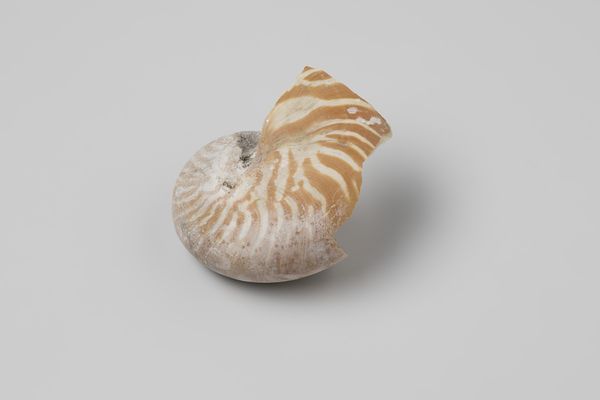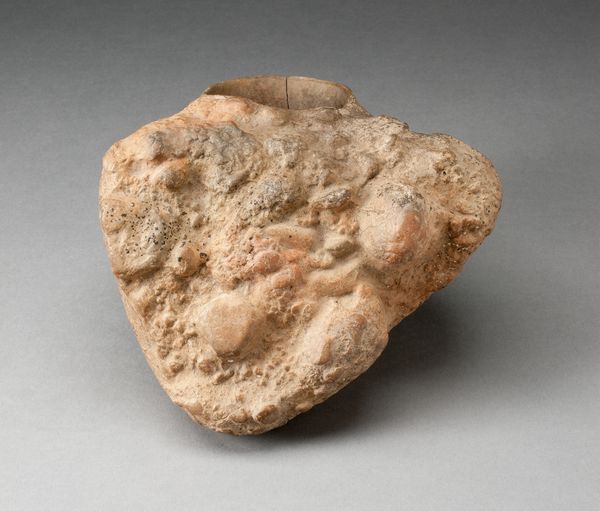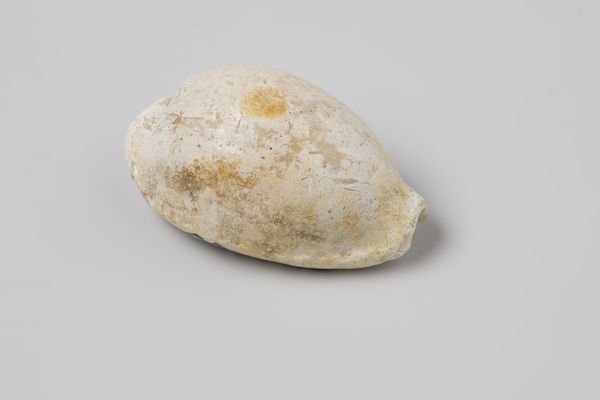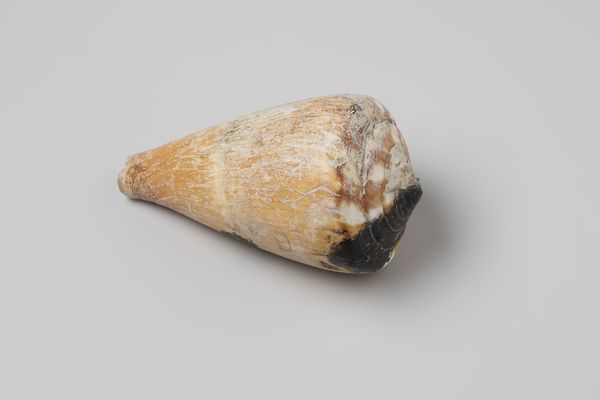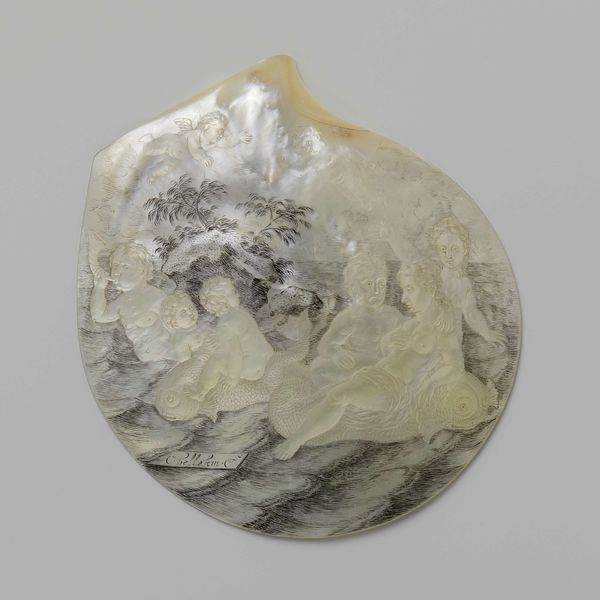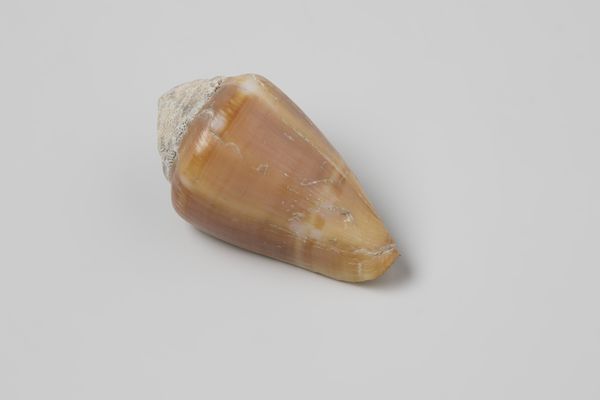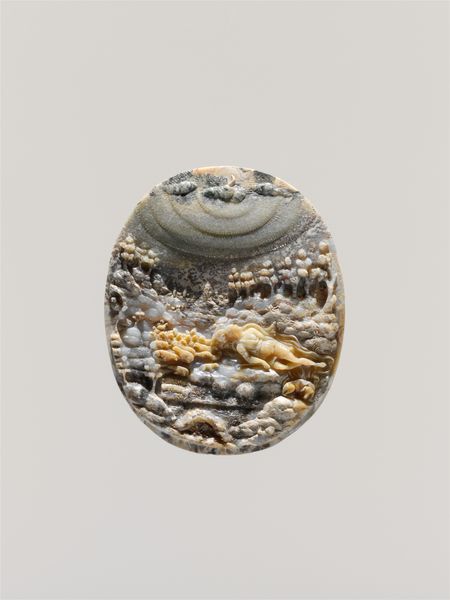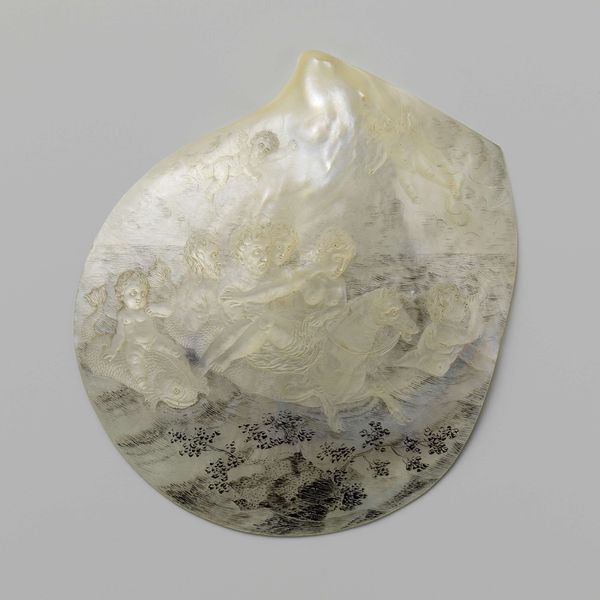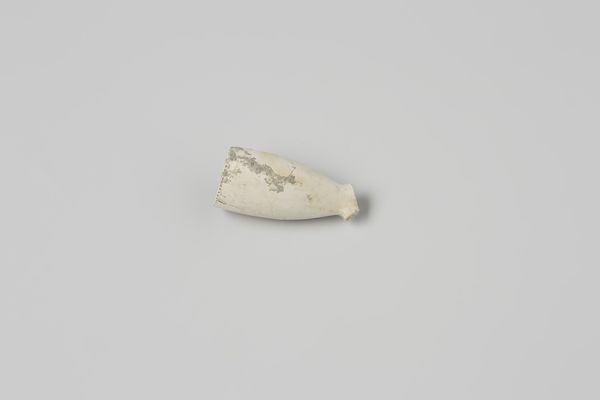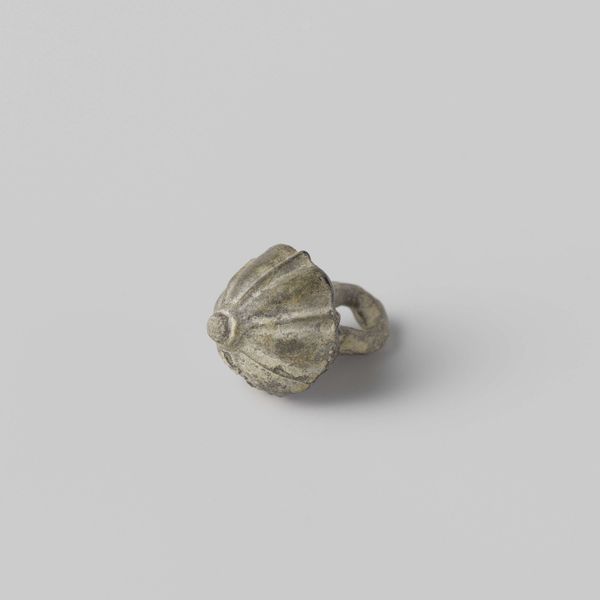
relief, sculpture, marble
#
portrait
#
neoclacissism
#
relief
#
classical-realism
#
sculpture
#
ceramic
#
decorative-art
#
marble
Dimensions: Overall (confirmed): 2 1/16 x 1 3/4 in. (5.3 x 4.4 cm); 52.9 x 44.3 x 15 mm
Copyright: Public Domain
Filippo Rega, a noted gem engraver, created this cameo Head of Jupiter in the late 18th or early 19th century. It exemplifies the neoclassical revival that swept Europe, drawing inspiration from ancient Greece and Rome. But what does it mean to revive classical imagery in the age of revolution? Jupiter, the king of the gods, embodied authority and order, values often associated with the aristocracy. The cameo, with its exquisite detail, would have been a luxury item, further linking it to elite circles. The creation and consumption of such objects served as a powerful statement. In a period defined by radical change and social upheaval, Jupiter may have represented an appeal to tradition and stability. By examining the provenance of similar works, we can begin to understand how the wealthy classes used art to shore up their cultural and political power. The interpretation of this cameo relies on our ability to reconstruct the social context in which it was made and consumed.
Comments
No comments
Be the first to comment and join the conversation on the ultimate creative platform.

